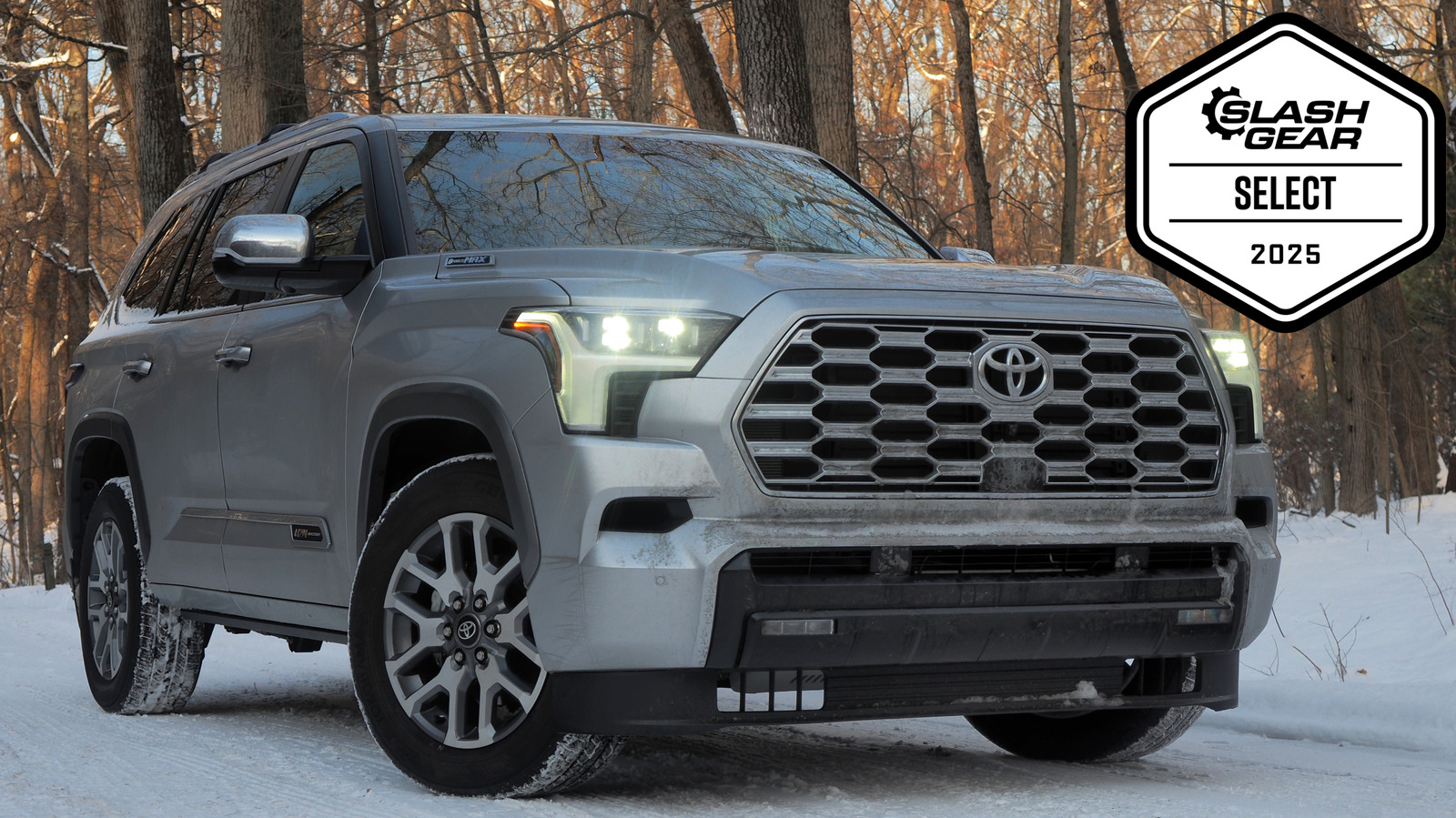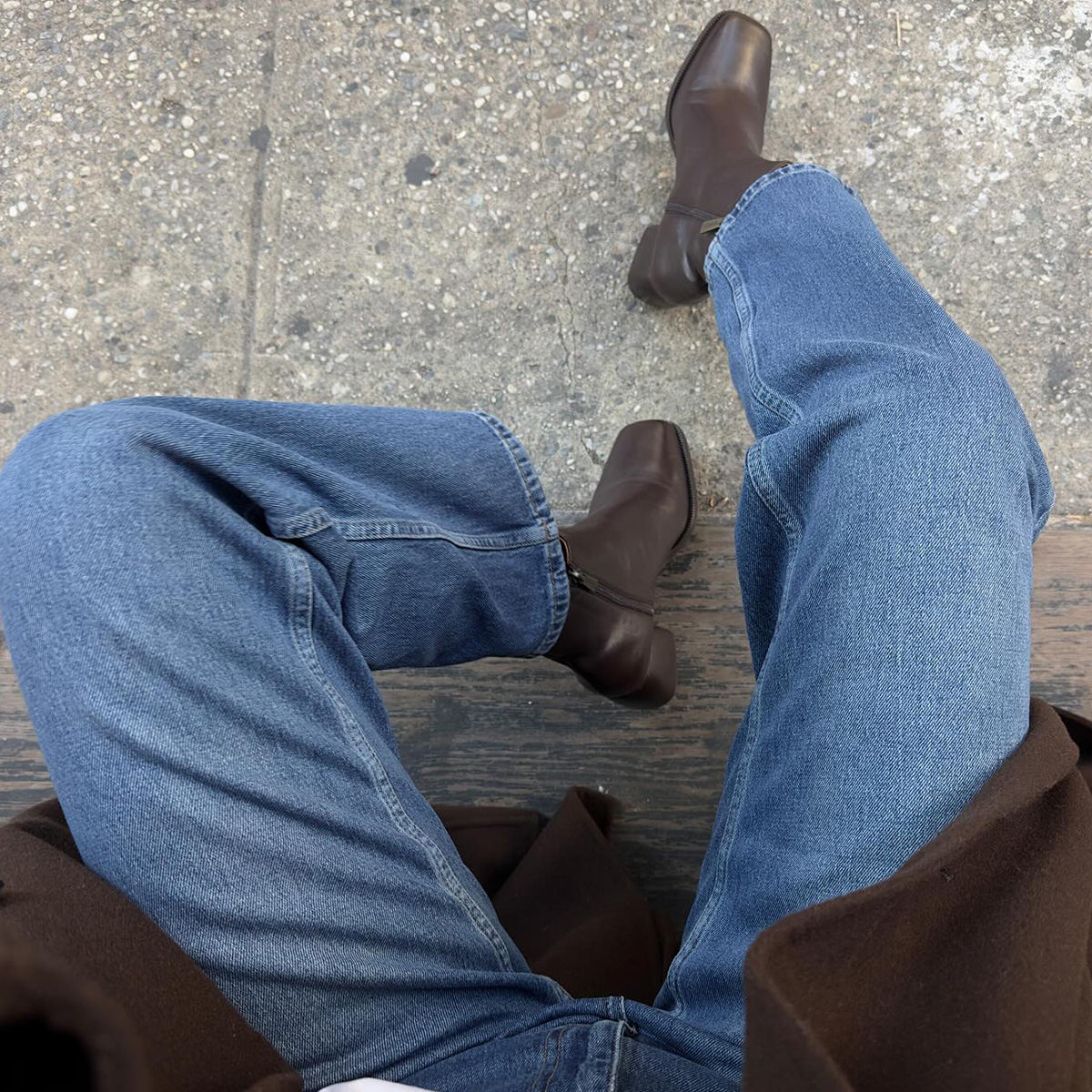You Can (and Should) Plant Bulbs Right Now
End-of-season sales on "fall bulbs" can be as high as 80%, and as long as the ground is workable, now is a fantastic time to plant.

We may earn a commission from links on this page.
Every year around this time, folks in my online gardening groups start discussing whether it’s a good time to plant tulips. And while planting bulbs in the dead of winter may seem like bizarre behavior, there’s a reason to consider it: Gardeners are suckers for an off-season bulb sale, and if the ground is soft enough, winter is actually a great time to plant bulbs.

The rain makes soil pliable
It’s simple: Until the ground freezes in winter, it’s ideal to plant in. (I recognize that for some parts of the country, especially areas with below-freezing temperatures, it may already be too late.) The dirt is soft from the rain; all the plants are dormant, so planting is less traumatic; and throwing bulbs in the ground is a way to satisfy your gardening habit in winter. Plus, you are likely being assaulted, daily, by emails proclaiming impossibly deep sales at bulb houses. Remember, bulbs don’t survive well out of the ground year to year, so houses are desperate to empty their stores before spring.
Consider all the fall bulbs
It’s not only tulips, either. Consider ranunculus, which looks like small poppies; liatris, a tall, spiky flower; alliums, which send up a single shoot, with a gigantic puffball at the end, sometimes as large as twelve inches across; crocus, the first sign of spring; poppies, iris, peony and more. They arrive looking much like garlic bulbs, and they grow in the same manner. Planted beneath the soil in fall and winter, they get a much-needed chill from the weather and shoot up in the spring. They arrive in a very specific order, with the crocuses first, and then tulips, ranunculus, iris, and peonies, followed by alliums and finally, liatris in mid-summer. They come in different forms, too: bulbs and corms, which look like tiny spiders. Peonies and poppies arrive as bare roots, and irises arrive as tubers. Each gets planted slightly differently.
Places to get great end-of-season deals of bulbs:
Holland Bulb Farm, up to 85% off.
Tulip World, up to 80% off
Eden Brothers, 40% off
Dutch Bulbs, up to 60% off
How to plant bulbs in winter
As soon as the box arrives with your purchases, you should open the box and let it get air, but not sun. You want to plant as close to arrival as possible at this point. Some of the bulbs might have a little mold. If it's only a little, that's okay, but expect a few bulbs to be goners (they’ll be desiccated and papery).
To plant bulbs, you will need a hole, and that hold should be three times deeper than the size of the bulb. The bigger the bulb, the deeper the hole. Alliums, which are big, require deeper holes than crocuses, which are quite tiny.
You'll need a bulb planter
Digging these holes is best done with special equipment, and you have some options. If you’re comfortable getting up close to the space you’ll be planting in, you can use a bulb planter, which is a hand tool. This is the most ideal, so you can see what else is in the area. There are also standing versions, which are a little less precise, since you’re farther away and might miss something in the space. But standing planters have the advantage of saving your back, and letting you use more leverage from your body. The last option I often see recommended is an auger, which attaches to your power drill, but I don’t recommend it for this job. Augers are fantastic for digging deep holes, but they are the least precise of the tools, and most likely to disturb nearby plants. Bulb planters give you tidy holes to toss the bulb right into. Augers tend to throw a lot of dirt around, and mostly loosen the soil so it is easier to dig in.
Think about color and bloom time when arranging

Regardless of the tool, the next step is to decide where the bulbs will go. I choose bulbs purposefully, picking colors and bloom times with care, so I can create sweeping color waves across my yard. Once the bulbs arrive, I often create a spreadsheet of the order the bulbs should be planted in, so that I can reference it in the garden.
I unload all the bags of bulbs and roughly lay them, in order, in the space they’ll go. This allows me to figure out spacing and make adjustments. Next, I open the bags and start arranging the individual bulbs, working one section at a time. I prefer a “naturalized” look, so I simply toss the bulbs on the ground and plant them where they land.
How to use your bulb planter

Take your bulb planter, and begin by pushing it into the ground and twisting it left and right at the same time. The planter has teeth that will cut through whatever is in the soil or on top of it— grass, chips, etc. Once the planter is solidly in the ground, rocking it back and forth will cause it to dig in deeper, to the depth you need. This works for the standing or handheld version. Remove the planter, and you have a perfect hole for your bulb. Place the bulb in, turn the planter upside down, knock it against the ground to loosen the plug of dirt, re-place it, and move on.
Much is written about how bulbs should be placed pointy side up in the hole, as this is how they grow. In recent years, this has been debunked by flower farmers—plants know what they’re doing, and will right themselves under the dirt.
If you know the soil is poor, you can consider adding bulb food to the hole when you place the bulb in; once the bulbs are planted, you want to feed them with fertilizer yearly.
How to plant tubers, corms, and bare roots
When planting tubers, you should do little more than scratch up the ground, and take up an inch or two of dirt. Tubers like to have their roots in the ground, but they, themselves, sit exposed on the surface. Tubers also spread easily, so make sure to plant them with enough space to grow.
Bare roots should be planted below the soil line. Find the top of the plant, so all the roots are hanging down. Fan the plant out on the ground, and now dig a hole about that size, and at least as deep. In that hole, form a hill in the middle, and lay the plant on the hill, so the roots fan out around the hill, with the top of the plant just below the soil line. Now backfill the hole.
Corms should be soaked overnight before you plant them. They’re curious-looking little roots, but the little arms of the “spider” all face in one direction. That’s the bottom. After soaking, those roots will plump up, and now you can plant them. You want the soil you plant into to be loose. You can push the corm into it, only enough that the top of the corm is still visible, but the rest of the plant is under the soil. They’re quite small, so this isn’t difficult.
What's Your Reaction?


















































































